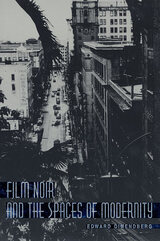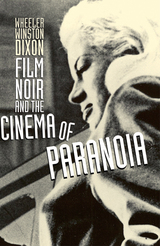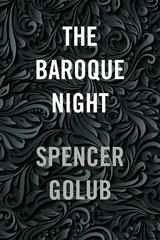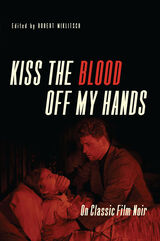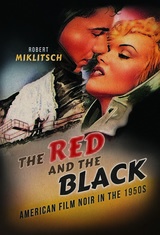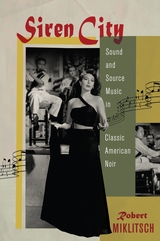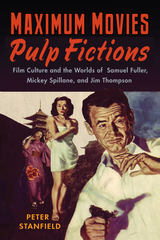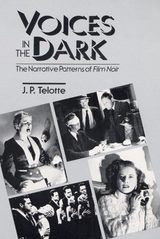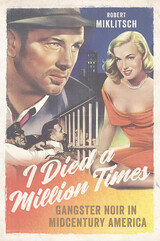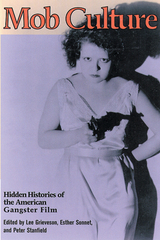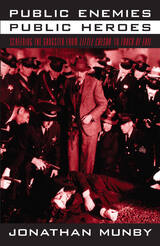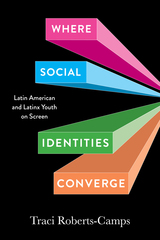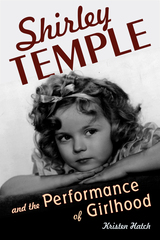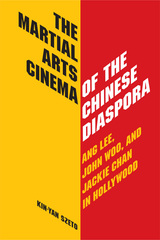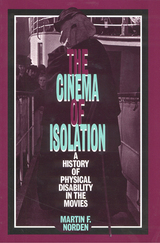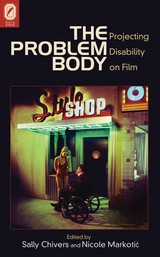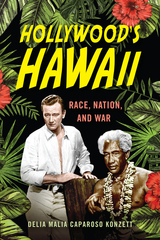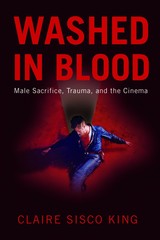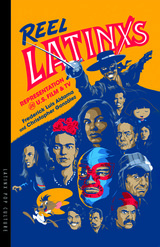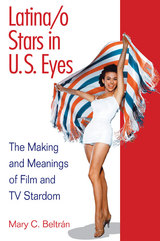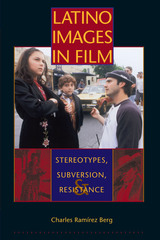Cloth: 978-0-8135-3556-2 | Paper: 978-0-8135-3557-9 | eISBN: 978-0-8135-8676-2 (PDF)
Library of Congress Classification PN1995.9.G3M63 2005
Dewey Decimal Classification 791.436556
Sinister, swaggering, yet often sympathetic, the figure of the gangster has stolen and murdered its way into the hearts of American cinema audiences. Despite the enduring popularity of the gangster film, however, traditional criticism has focused almost entirely on a few canonical movies such as Little Caesar, Public Enemy, and The Godfather trilogy, resulting in a limited and distorted understanding of this diverse and changing genre.
Mob Culture offers a long-awaited, fresh look at the American gangster film, exposing its hidden histories from the Black Hand gangs of the early twentieth century to The Sopranos. Departing from traditional approaches that have typically focused on the "nature" of the gangster, the editors have collected essays that engage the larger question of how the meaning of criminality has changed over time. Grouped into three thematic sections, the essays examine gangster films through the lens of social, gender, and racial/ethnic issues.
Destined to become a classroom favorite, Mob Culture is an indispensable reference for future work in the genre.
See other books on: Culture in motion pictures | Hidden Histories | Race in motion pictures | Sex role in motion pictures | Stanfield, Peter
See other titles from Rutgers University Press

